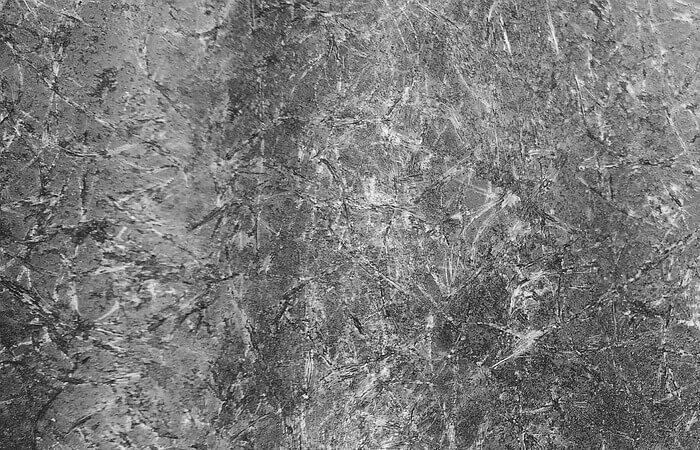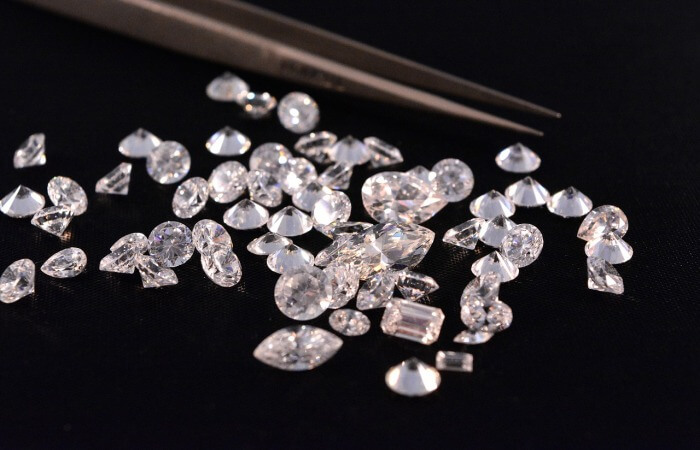Ferrochromium

Ferrochromium.
Ferrochromium is an alloy of iron and chromium, containing, depending on the variety, not less than 60-65 % chromium, from 0.02 % to 9 % carbon, and impurities, depending on the brand: 1-8 % silicon, 0.02 to 0.1% phosphorus, 0.03 to 0.05 % sulfur, up to 0.02% aluminum, 1-6 % nitrogen.
Alloys
Description:
Ferrochromium is an alloy of iron (Fe) and chromium (Cr), containing, depending on the variety, at least 60-65 % of chromium (Cr), from 0.02 % to 9 % carbon (C), and impurities depending on the brand: 1-8 % of silicon (Si), 0,02-0,1 % phosphorus (P), 0.03 to 0.05 % sulfur (S), up to 0.02 % of aluminium (Al), 1-6 % nitrogen (N).
Ferrochrome is often classified by the number of carbon, chromium, silicon and impurities that it contains. There are several dozen brands of ferrochromium.
Ferrochromium by the carbon content in mass percentage is divided into the following groups:
– low carbon – containing carbon up to 0.5 %;
– medium-carbon – containing carbon from 0.5% to 4.0%;
– high-carbon – containing carbon from 4.0 to 9.0 %;
– low carbon nitrided with a nitrogen content of from 1.0 to 6.0 %.
Ferrochromium is used for the production of stainless steel, alloying steel and alloys. The content of chromium in stainless steel is approximately 12 to 20 %. Ferrochromium is included in the tool, die (for both hot and cold deformation), and high-speed steel. Chrome and chromium steels and alloys used in the manufacture of armor, various safes and some of the details for rocket.
Properties:
– temperature of melting of carbon ferrochromium – 1470-1540 OS
– the melting temperature of carbon-free ferrochromium – 1600-1640 OS
– when you add chromium to steel in the composition of the ferrochromium decreases the grain size of steel,
– reducing the tendency of the end of steel and alloys to overheat,
– increases hardenability end of steel and alloys,
– increases the temperature of annealing and quenching,
– increases hardness, toughness, wear resistance and ultimate strength of steel and alloys, including high temperature,
– increases the resistance of steel and alloys to oxidation at high temperatures,
– increases the heat resistance of the final steel and alloy.



